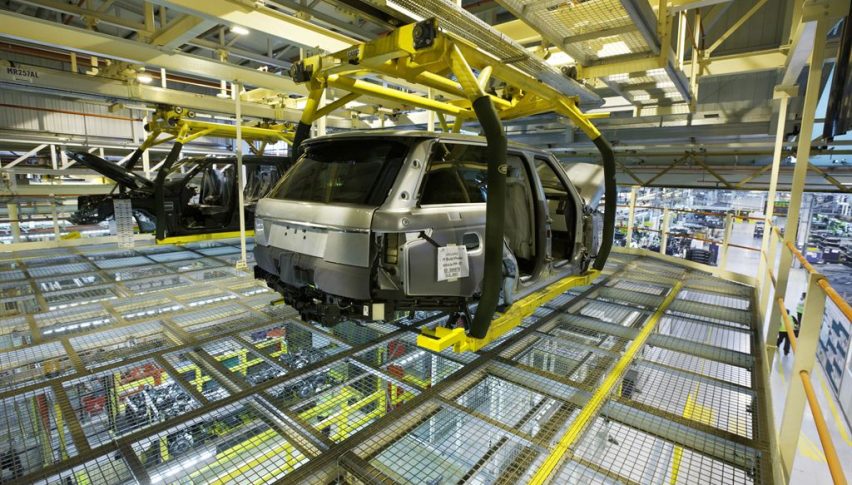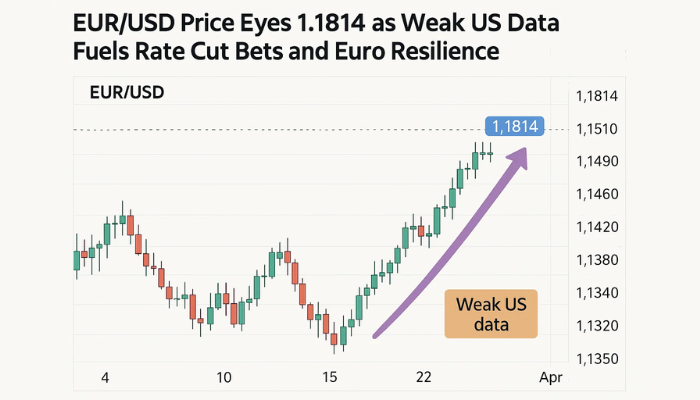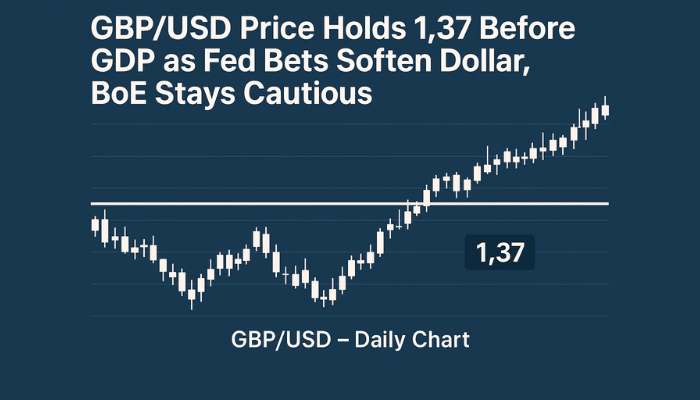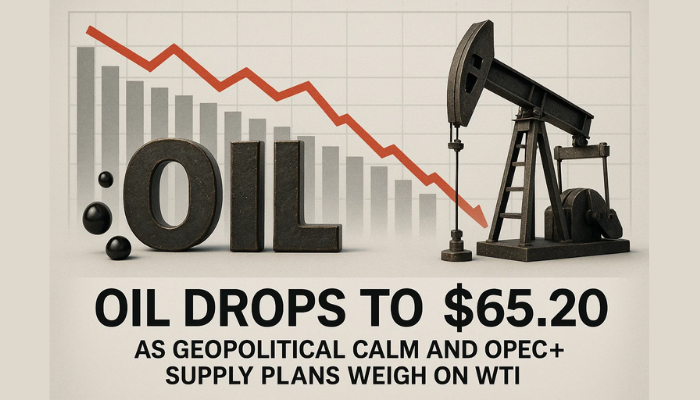Manufacturing Remains in Contraction in Europe
Most of the manufacturing reports from across the globe have been released today. Despite a small improvement, it remains in contraction

Today is a manufacturing day as the manufacturing reports get released for most of the developed economies. Manufacturing data takes extra importance now that this sector is in great difficulty across the globe. Manufacturing has fallen into recession in Europe, since the PMI indicator has been coming below the 50 level throughout the year.
In China and the UK, manufacturing is not in recession yet, but it has been in contraction for a couple of months, so it is heading there. Most of the manufacturing reports have released, so you can take a look for yourself at the table below:
| Manufacturing PMI Data | Actual | Expected | Previous |
| Spanish Manufacturing PMI | 48.2 | 48.1 | 47.9 |
| Italian Manufacturing PMI | 48.5 | 48 | 48.4 |
| French Final Manufacturing PMI | 49.7 | 50 | 50 |
| German Final Manufacturing PMI | 43.2 | 43.2 | 43.1 |
| UK Manufacturing PMI | 48 | 47.7 | 48 |
| Eurozone Manufacturing PMI | 46.5 | 46.4 | 46.4 |
Most of the numbers from the manufacturing table above are green, which means that they either came above expectations or above the previous month. Either way, they all show that manufacturing is still in recession/contraction. Manufacturing fell into contraction in France in June and in July it has fallen into contraction again.
So, everything looks pretty bad, especially regarding German and Eurozone manufacturing which are in deep recession and experienced the fastest decline in 6 years. This should leave the ECB quite dovish and keep the Euro subdued, especially EUR/USD after yesterday’s meeting from the FED which was not as dovish as markets might have been expecting. UK manufacturing experienced the biggest output decline in 7 years, which means that the Bank of England should remain pretty dovish as well today.
- Check out our free forex signals
- Follow the top economic events on FX Leaders economic calendar
- Trade better, discover more Forex Trading Strategies
- Open a FREE Trading Account


